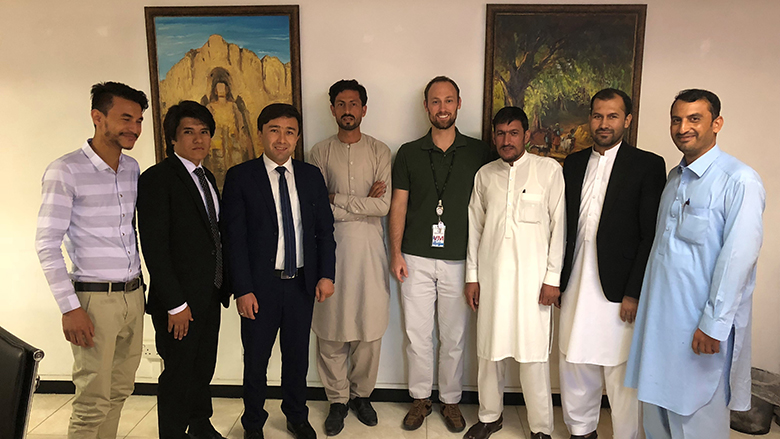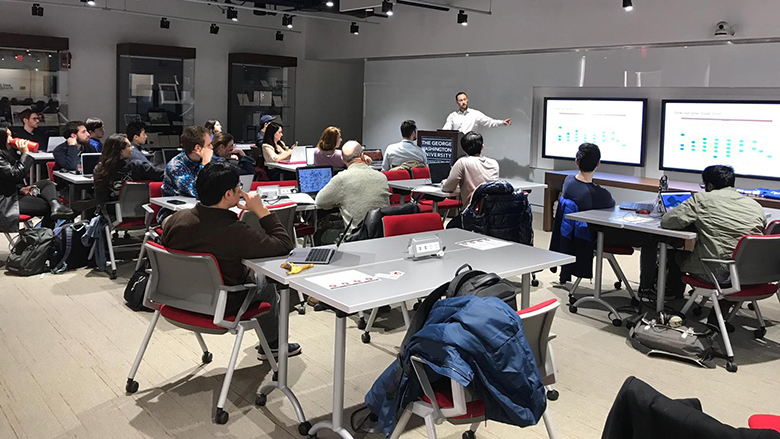SUMMARY
Racked by years of war and instability, Afghanistan is crisscrossed by roads and pathways that are largely unmapped. That makes it difficult and sometimes impossible for government and aid groups effectively to deliver services and aid. A World Bank geographer marshaled satellite imagery and an eager volunteer force of Afghans and students to help put remote, needy regions of Afghanistan literally on the map.
CHALLENGE
Many of Afghanistan’s poorest families live in remote rural communities ravaged by decades of war and poverty, far from hospitals, clinics, schools, and commerce. What infrastructure existed to serve them has been heavily damaged, cutting off communities and isolating those who need help the most.
Before the Afghan government and international humanitarian organizations can deliver help to isolated towns and villages, they need to know where these communities are, and how to get to them. Afghanistan is a country of immense mountains, deep river valleys, and arid deserts. For vast swaths of the country, government and humanitarian actors lacked needed mapping information in an accessible format
Roads are unnamed and unmapped, rivers uncharted, mountain ranges unsurveyed. Many mosques, markets, hospitals, schools, and clinics have never been plotted. As is true throughout the developing world, only major highways and some urban centers have been carefully mapped. Even those maps that do exist are often proprietary or are paper maps maintained by various government ministries — and not made publicly available.
And while there are many other areas of the world where a lack of good maps is an issue, in Afghanistan the problem is particularly acute. With the security situation persistently fragile, geographers remain unable to map features in isolated region. Since 2017, the World Bank and the Afghanistan Reconstruction Trust Fund have been working with Afghanistan’s Ministry of Rural Rehabilitation and Development (MRRD) and the Ministry of Public Works to build more than 2,200 kilometers of new roads and upgrade and maintain more than 6,000 kilometers of existing roads.
Despite their efforts, tens of thousands of kilometers of tertiary roads — generally small, unpaved tracks that snake from village to village or connect to larger driving routes — remain unmapped and unknown outside of nearby communities. And the government ministries lack basic data even on many of the road segments they are tasked to upgrade and maintain.


